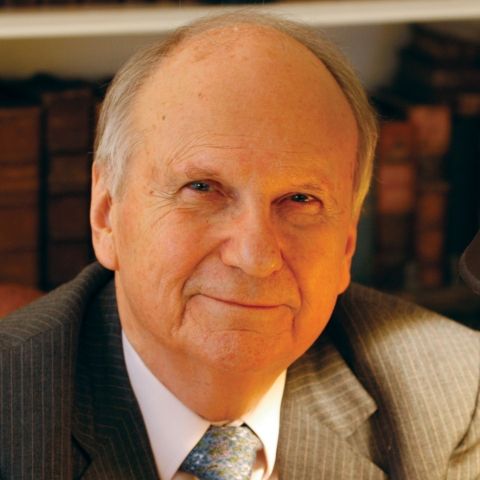
Constitutional litigation in America frequently mirrors the shifting moods and conflicts of the nation. Successive generations have developed a habit of bringing great policy issues to the federal courts for resolution, rather than looking only to legislative bodies. The results are not always predictable. In the early years of the New Deal, a stubborn Supreme Court lagged behind the rest of the country. In the historic school desegregation decision of 1954, the Court opened a new chapter in Ameri- can race relations. As often as not, the courts have been a special source of redress for those persons and groups labeled "different" - such as members of racial, political, and religious minorities. If the Constitution was meant to create a representative democracy, it also established unmistakable anti-majoritarian restraints. Thanks to the Bill of Rights, the rights of free speech do not depend on the consent of a political majority. But sometimes, to uphold these individual rights, important competing interests must yield, as when society's interest in effective law enforcement conflicts with the Fourth Amendment's ban on unreasonable searches and seizures. In the 1960s and 1970s, no social trend has been more publicized than changing personal "lifestyles" - new attitudes toward family roles, greater sexual permissiveness, unconventional manners and dress. The war in Vietnam and unrest on American campuses brought in its wake challenges to conventional morals and old ways. High school boys wanted to wear long hair; women sought unrestricted access to abortions; homosexuals talked of "gay rights”.